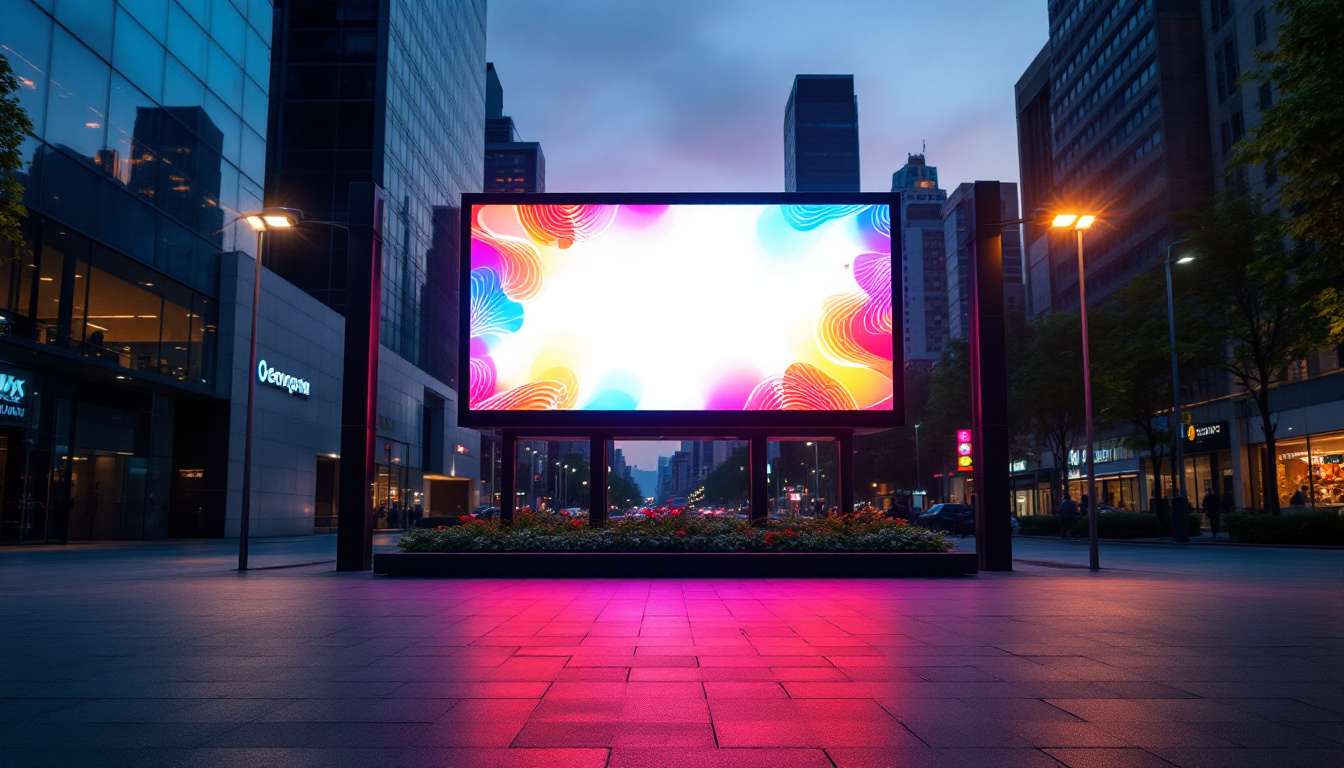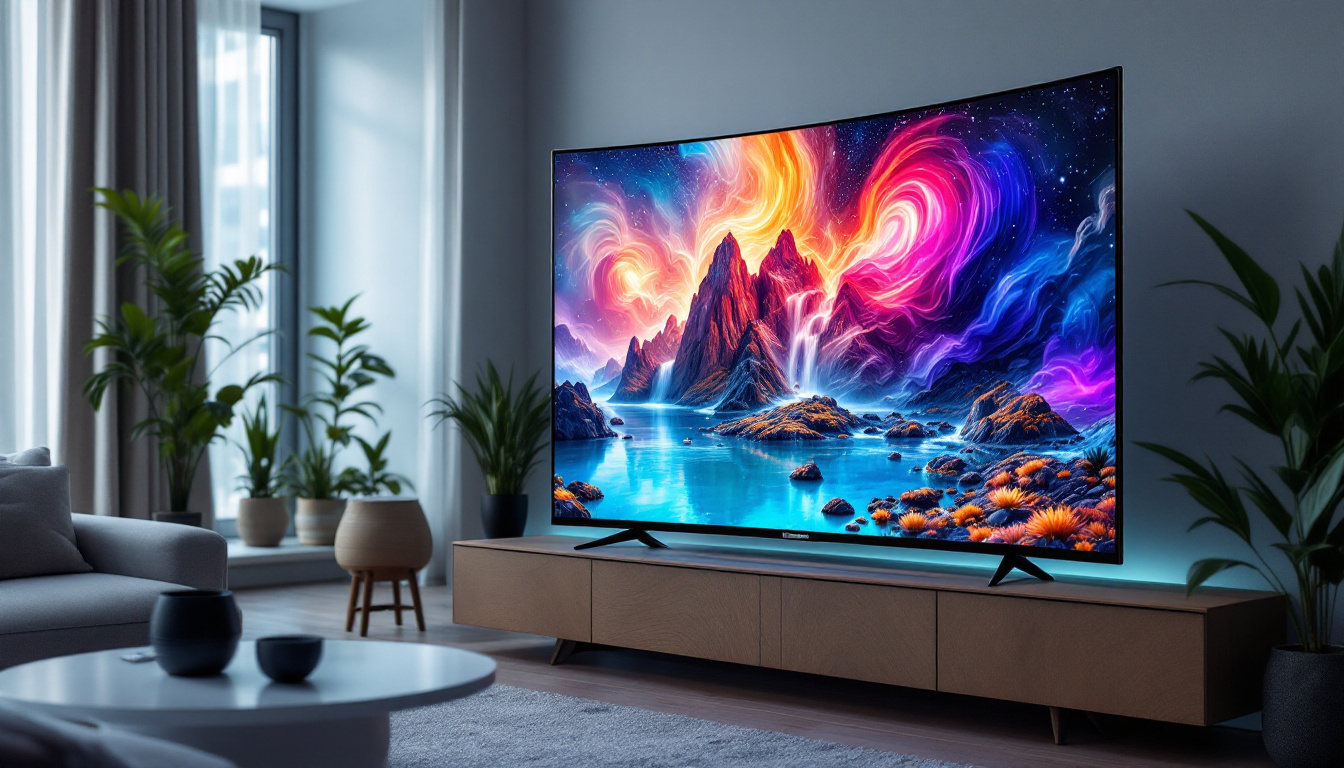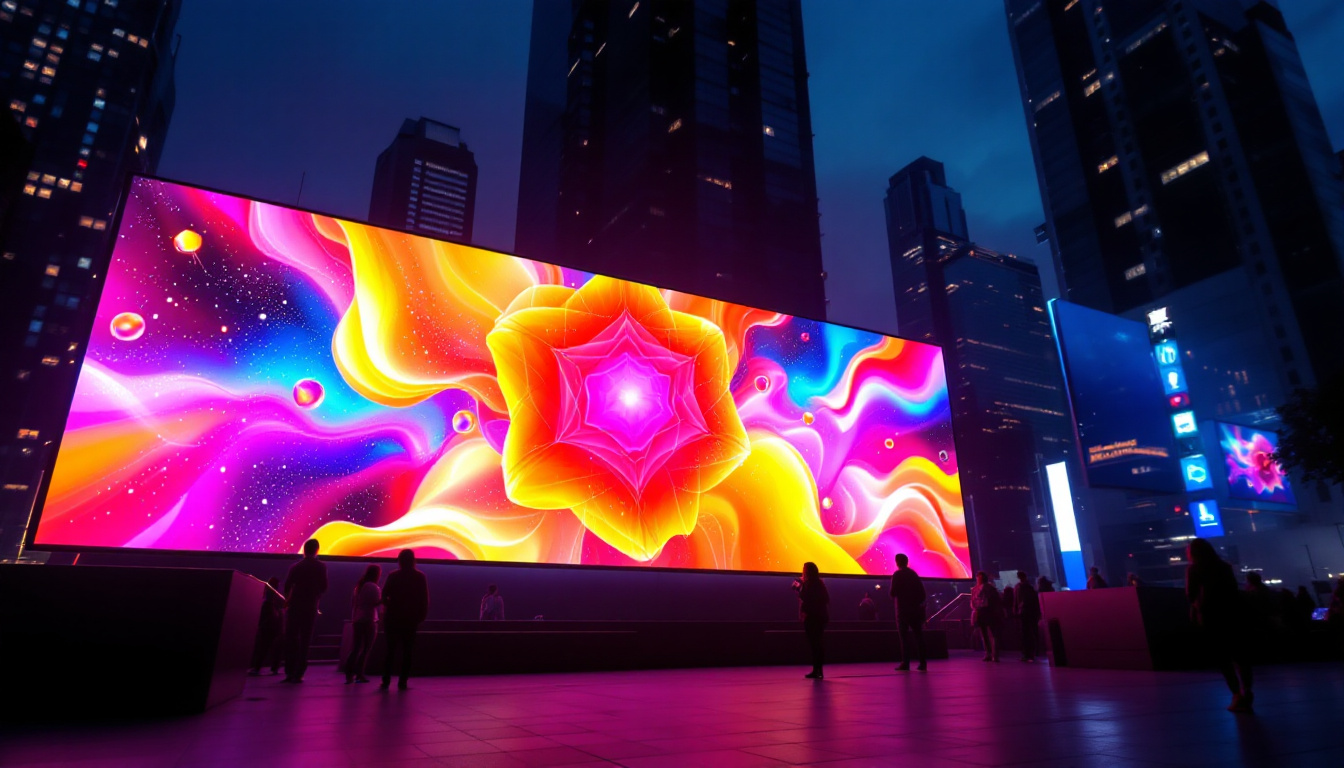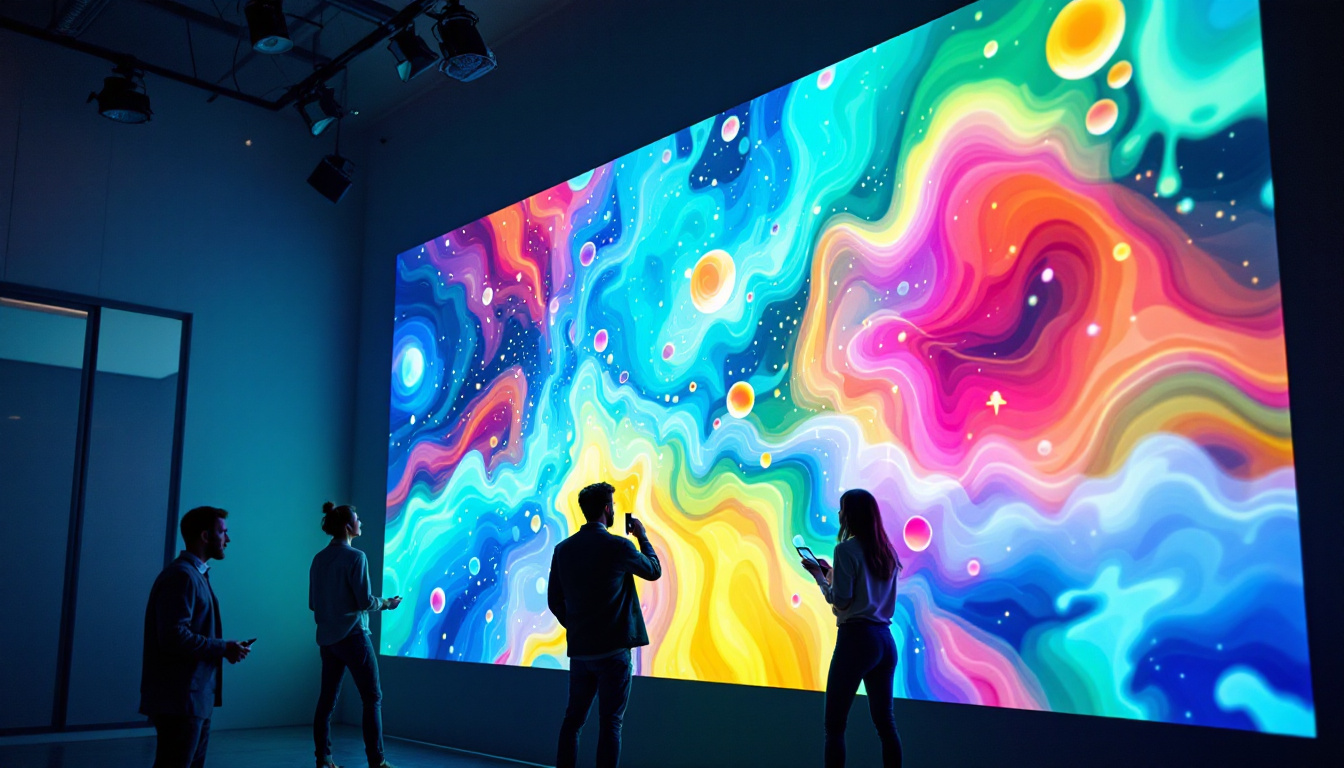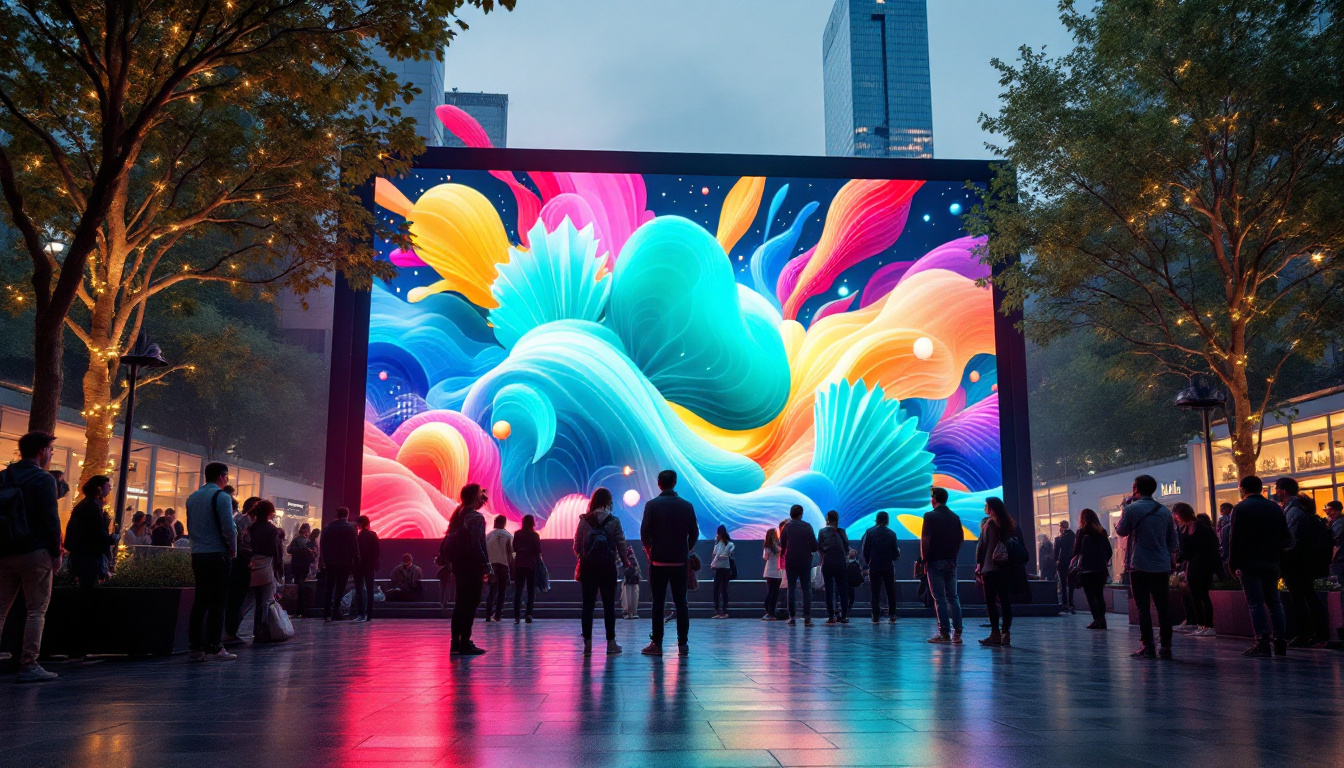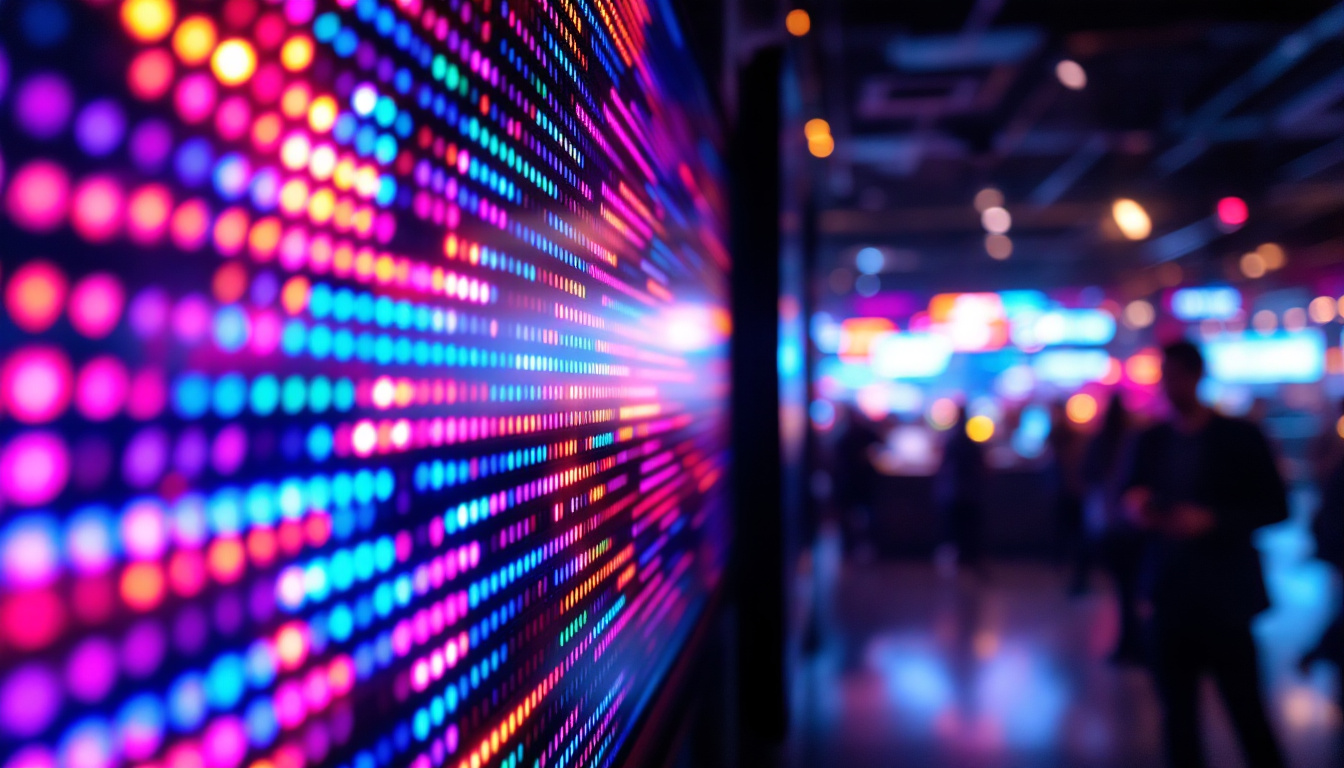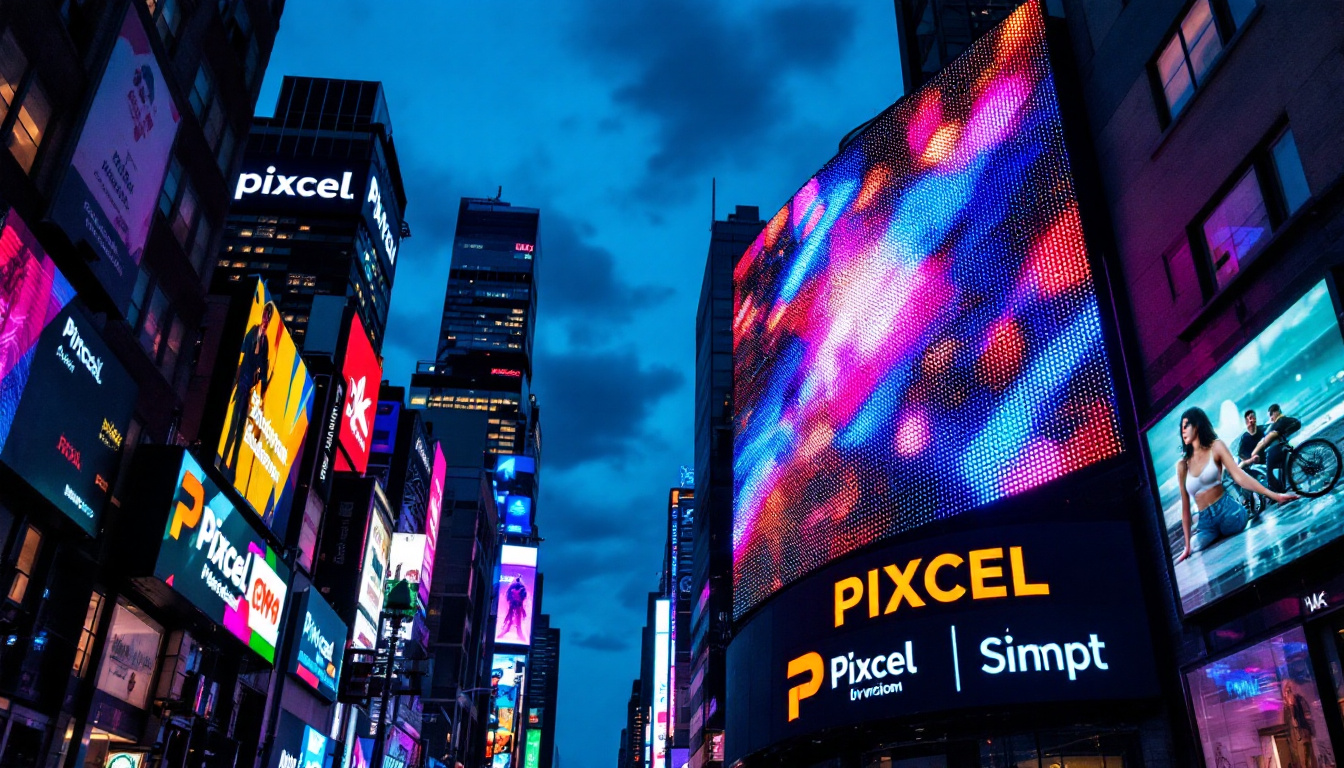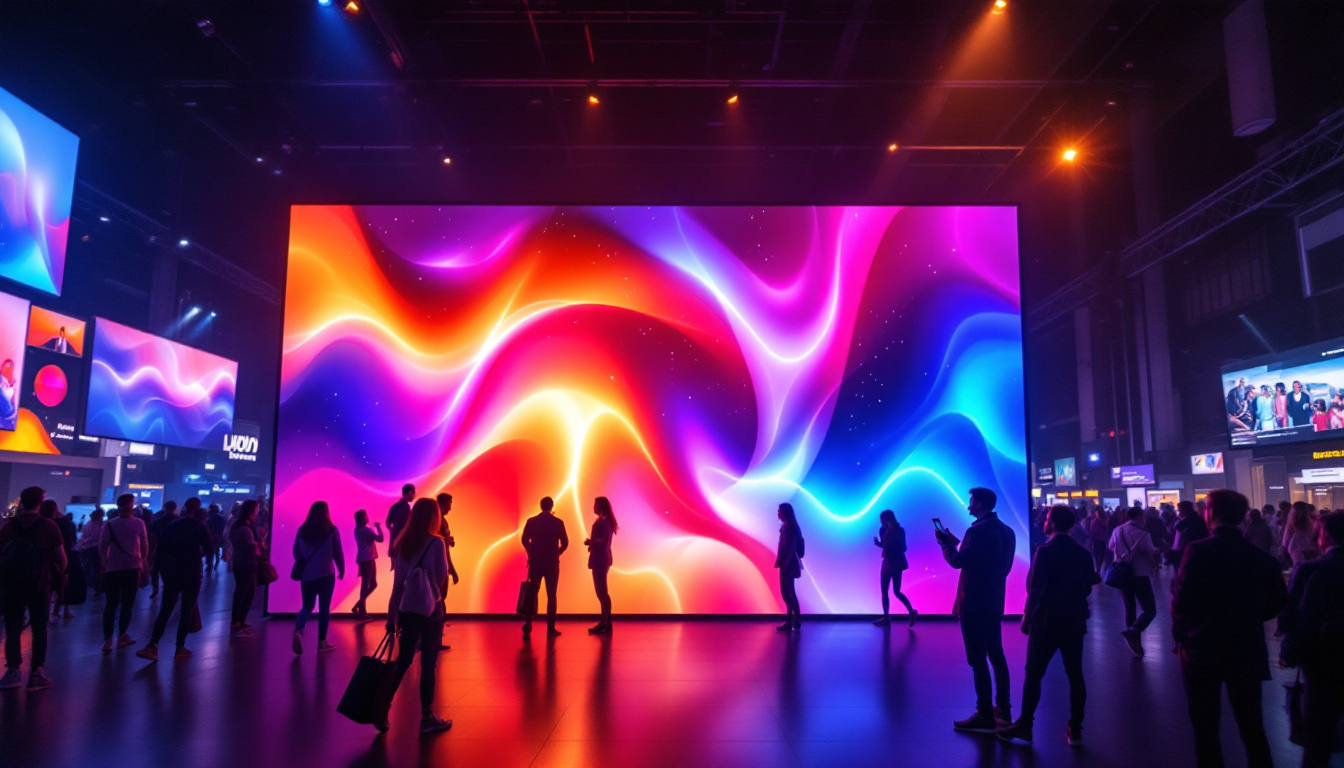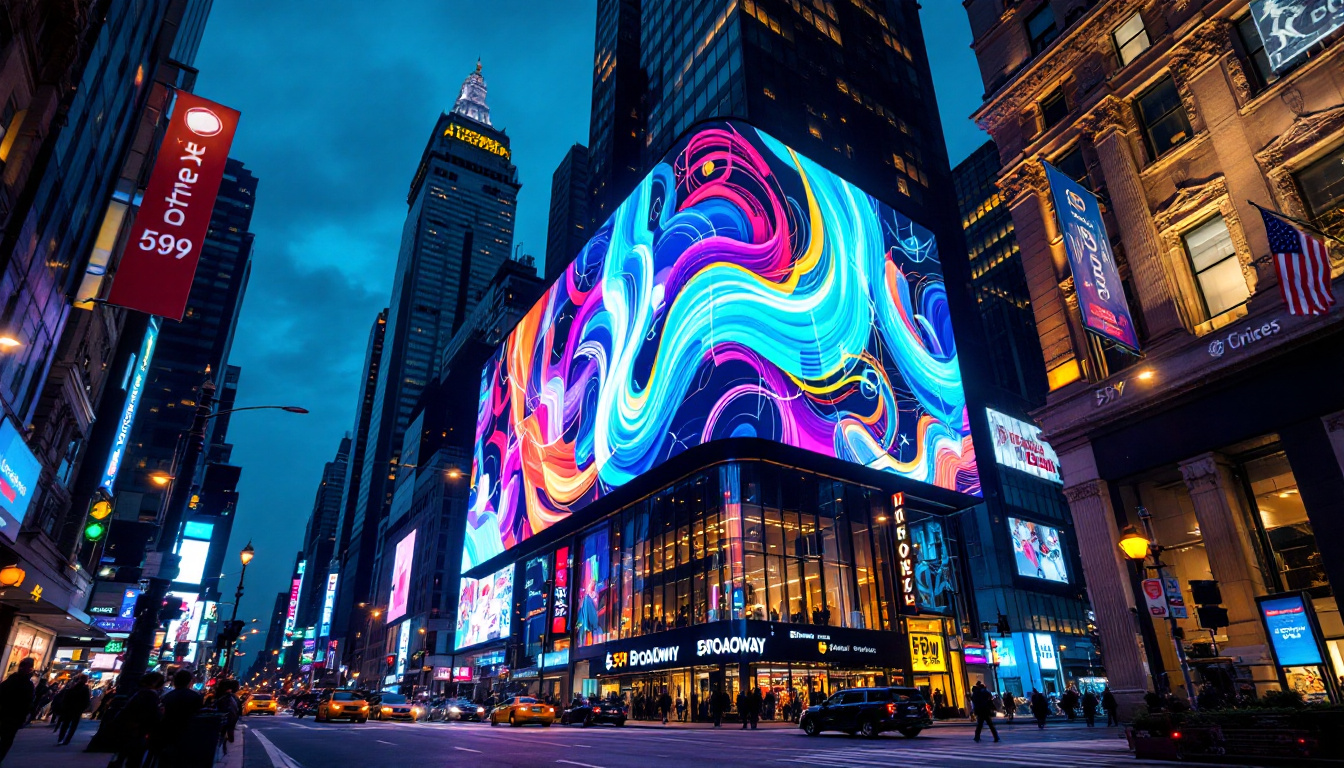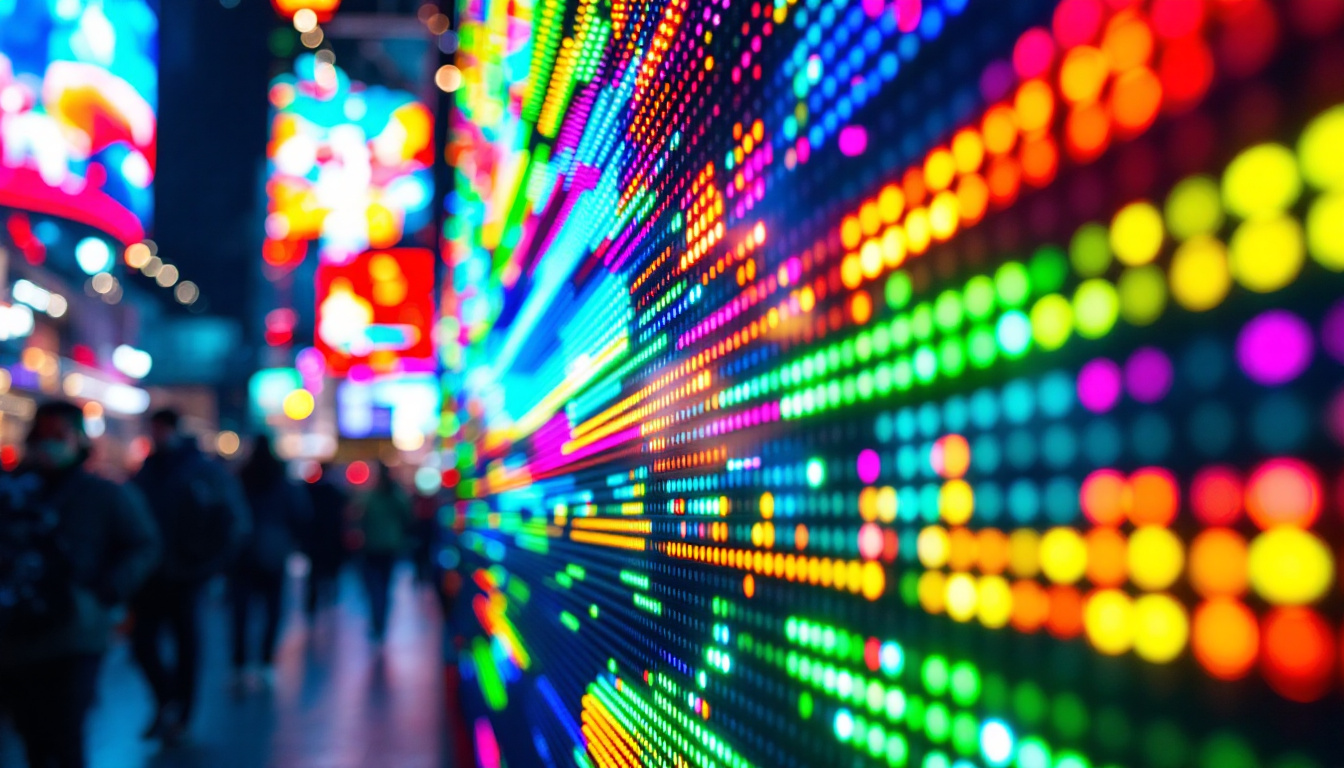The world of display technology has evolved significantly over the past few decades, leading to a range of options for consumers and professionals alike. Among the most popular types are LED (Light Emitting Diode) and LCD (Liquid Crystal Display) technologies. While they are often compared, they serve different purposes and have unique characteristics. This article will delve into the differences between LED and LCD displays, exploring their functionalities, advantages, and applications.
Understanding LCD Technology
LCD, or Liquid Crystal Display, is a technology that uses liquid crystals to produce images. These displays are commonly found in a variety of devices, from televisions to computer monitors and smartphones. The fundamental principle behind LCD technology is the manipulation of light using liquid crystals, which are sandwiched between layers of glass or plastic.
How LCD Works
At its core, an LCD screen consists of a backlight, liquid crystals, and color filters. The backlight, typically made of fluorescent tubes or LEDs, provides the necessary illumination. When an electric current passes through the liquid crystals, they align in a way that either blocks or allows light to pass through. This alignment creates the images we see on the screen.
Color is achieved through the use of filters. Each pixel in an LCD screen is made up of sub-pixels that emit red, green, or blue light. By adjusting the intensity of each sub-pixel, a wide range of colors can be produced. This process allows for vibrant images and sharp text, making LCDs a popular choice for many applications.
Advantages of LCD Displays
LCD displays have several advantages that contribute to their widespread use. One of the primary benefits is energy efficiency. Compared to older technologies like CRT (Cathode Ray Tube), LCDs consume significantly less power, making them more environmentally friendly and cost-effective over time.
Another advantage is their slim profile. LCD screens are lightweight and can be made very thin, allowing for sleek designs in modern devices. This is particularly beneficial for portable electronics, where space is at a premium.
Moreover, LCD technology is known for its excellent color accuracy and consistency. This makes them ideal for applications that require precise color representation, such as graphic design and photography. The ability to produce clear images at various angles also enhances the viewing experience, as users can enjoy high-quality visuals without distortion, even from off-angles. Additionally, advancements in LCD technology, such as the introduction of IPS (In-Plane Switching) panels, have further improved color reproduction and viewing angles, solidifying their place in both consumer and professional markets.
Furthermore, LCDs are less prone to screen burn-in compared to their OLED counterparts. This characteristic makes them particularly advantageous for displaying static images or user interfaces for extended periods without the risk of permanent damage. As a result, LCDs are often favored in environments like retail displays and control rooms, where information needs to be presented clearly and consistently over long durations. The durability and reliability of LCD technology continue to make it a staple in the ever-evolving landscape of display technology.
Exploring LED Technology
LED technology, while often associated with LCDs, is distinct in its operation and application. LED displays utilize light-emitting diodes to produce images, which can be used in various formats, including televisions, digital signage, and large-scale displays. The versatility of LED technology has led to its widespread adoption across numerous industries, from entertainment to transportation, where clarity and brightness are paramount.
How LED Works
Unlike traditional LCDs that rely on a backlight, LED displays use individual diodes to generate light. There are two primary types of LED displays: direct-lit and edge-lit. In direct-lit LED displays, the diodes are placed directly behind the screen, providing uniform brightness. Edge-lit displays, on the other hand, have diodes positioned along the edges, with light directed across the screen. This innovative approach not only enhances the visual quality but also allows for thinner and lighter display designs, making them more adaptable to various settings.
This technology allows for greater contrast ratios and more vibrant colors compared to standard LCDs. Additionally, LED displays can achieve deeper blacks, as individual pixels can be turned off completely, enhancing the overall viewing experience. The ability to control light at the pixel level also opens up possibilities for advanced features like local dimming, which further improves contrast and color accuracy, making LED displays a favorite among videographers and graphic designers.
Advantages of LED Displays
One of the most significant advantages of LED displays is their superior brightness. This makes them ideal for use in well-lit environments, such as outdoor advertising or large venues. The high brightness levels ensure that images remain clear and visible, even in direct sunlight. This capability has revolutionized the advertising industry, where vibrant and eye-catching displays can attract attention from afar, significantly enhancing marketing efforts.
Moreover, LED displays are known for their longevity. The diodes used in these screens have a longer lifespan compared to traditional backlighting methods, resulting in lower maintenance costs and reduced frequency of replacements. This durability is complemented by energy efficiency; LED displays consume less power than their predecessors, making them a more sustainable choice. As energy costs continue to rise, the reduced consumption of LED technology not only benefits the environment but also offers significant savings for businesses operating large display networks.
In addition to these practical benefits, LED technology also supports a range of innovative applications. For instance, advancements in flexible LED panels have enabled the creation of curved and even transparent displays, expanding the creative possibilities for architects and designers. These developments are paving the way for immersive experiences in retail environments, museums, and live events, where the integration of digital content with physical spaces can captivate audiences in unprecedented ways.
Comparing LED and LCD Displays
While LED and LCD technologies are often discussed together, they have distinct differences that can influence purchasing decisions. Understanding these differences is crucial for consumers looking to invest in display technology.
Image Quality
When it comes to image quality, LED displays generally outperform traditional LCDs. The ability to achieve deeper blacks and higher contrast ratios gives LED displays an edge in producing vibrant and lifelike images. This is particularly evident in dark scenes, where the contrast between light and dark is more pronounced.
However, it’s essential to note that not all LCDs are created equal. Some high-end LCDs utilize advanced technologies, such as local dimming and quantum dots, which can enhance their performance and bring them closer to LED standards.
Energy Efficiency
Both LED and LCD technologies are energy-efficient compared to older display technologies. However, LED displays tend to be more efficient, especially in larger formats. The ability to turn off individual pixels allows for reduced power consumption, which can be a significant advantage in commercial applications where displays are used for extended periods.
Cost Considerations
Cost is often a deciding factor when choosing between LED and LCD displays. Generally, LED displays are more expensive due to the advanced technology involved in their production. However, the long-term savings in energy costs and maintenance can offset the initial investment.
Applications of LED and LCD Displays
Both technologies have unique applications that cater to different needs. Understanding these applications can help consumers make informed choices based on their specific requirements.
Common Uses of LCD Displays
LCD displays are widely used in consumer electronics, including televisions, computer monitors, and smartphones. Their energy efficiency and slim design make them ideal for home and office use. Additionally, LCDs are often found in digital signage, where they can present information in a clear and engaging manner.
In the medical field, LCD technology is utilized in diagnostic imaging and monitoring equipment, providing healthcare professionals with accurate and reliable visual information.
Common Uses of LED Displays
LED displays are commonly found in outdoor advertising, sports arenas, and concert venues due to their high brightness and visibility. They are also used in large-scale digital signage, where vibrant colors and dynamic content are essential for capturing audience attention.
Furthermore, LED technology has made significant inroads into the television market, with many manufacturers offering LED-backlit LCD TVs that combine the benefits of both technologies for an enhanced viewing experience.
Future Trends in Display Technology
The display technology landscape is continuously evolving, with innovations that promise to reshape the way consumers interact with screens. Both LED and LCD technologies are at the forefront of these advancements.
Emerging Technologies
One of the most exciting developments in display technology is the rise of OLED (Organic Light Emitting Diode) displays. OLED technology offers many of the benefits of LED displays, such as superior contrast and color accuracy, while also providing flexibility in design. This has led to the creation of curved and foldable screens, expanding the possibilities for future devices.
Additionally, microLED technology is gaining traction. This technology utilizes tiny LED chips to create displays that are even brighter and more efficient than traditional LED displays. As microLED technology matures, it could redefine the standards for image quality and energy efficiency.
Sustainability and Environmental Impact
As consumers become more environmentally conscious, the demand for sustainable display technologies is on the rise. Manufacturers are increasingly focusing on reducing the environmental impact of their products by using recyclable materials and energy-efficient production processes.
Both LED and LCD technologies are adapting to this trend, with innovations aimed at minimizing waste and improving energy efficiency. This shift towards sustainability is likely to shape the future of display technology, influencing consumer preferences and industry standards.
Conclusion
In the debate between LED and LCD displays, it is clear that each technology has its strengths and weaknesses. While LED displays offer superior brightness, contrast, and longevity, LCDs remain a viable option for many applications due to their energy efficiency and cost-effectiveness.
Ultimately, the choice between LED and LCD will depend on individual needs and preferences. As technology continues to advance, consumers can expect even more options and innovations that will enhance their viewing experiences. Whether for personal use, professional applications, or commercial displays, understanding the differences between these technologies is essential for making informed decisions in an ever-evolving market.
Discover LumenMatrix’s Advanced LED Display Solutions
As you consider the future of your visual display needs, LumenMatrix stands ready to illuminate your choices with our cutting-edge LED technology. Specializing in a comprehensive range of LED display modules, from vibrant Indoor and Outdoor LED Wall Displays to dynamic Vehicle and Sports LED Displays, we are committed to revolutionizing visual communication. Our mission is to empower your brand with displays that not only enhance visibility but also create unforgettable visual experiences. Check out LumenMatrix LED Display Solutions today and step into a world where your message shines with unmatched clarity and impact.


